2015: YEAR OF THE NATURE-RICH CITY?
We’re not going back. We’re going forward to nature. With luck and determination, 2015 will be the year of the Nature-Rich City.
Today, 54 percent of the world’s people live in urban places, and by 2050, that number will rise to 66 percent. The worldwide migration into cities (not only by humans but also by some species of wild animals) isn’t going to reverse anytime soon.
Most of that growth will be concentrated in Asian and African countries, but the U.S. will continue to urbanize, suggesting two potential futures.
 In one of those futures, the typical city will look a lot like the movie “Blade Runner.” In that version of the future, human beings, especially children, will continue to lose whatever connection to the natural world they still have. Or, in an alternative future, we could create a new kind of city – one that connects people to nature where they live, work, learn and play, a city that nurtures the health, learning and creativity of humans and serves as an incubator for biodiversity.
In one of those futures, the typical city will look a lot like the movie “Blade Runner.” In that version of the future, human beings, especially children, will continue to lose whatever connection to the natural world they still have. Or, in an alternative future, we could create a new kind of city – one that connects people to nature where they live, work, learn and play, a city that nurtures the health, learning and creativity of humans and serves as an incubator for biodiversity.
There’s an upside to urbanization if it’s done right. More people living in denser urban areas may be good for the environment because they’re more likely to use public transportation, walk or ride bikes. Theoretically, people will move their feet more and leave smaller carbon footprints. But that potential good news must be weighed against the health toll of carbon and non-carbon pollution, and the toxic stress that builds up in tight spaces.
People in developing countries who move from rural settings to cities are more vulnerable to metabolic disorders such as diabetes, according to a new study published in The Journal of Clinical Endocrinology & Metabolism. “Our findings indicate that people who leave a rural lifestyle for an urban environment are exposed to high levels of stress and tend to have higher levels of the hormone cortisol,” according to study co-author Peter Herbert Kann, M.D., Ph.D., in a press release. Cortisol is one of the hormones linked to rising human stress. “This stress is likely contributing to the rising rates of diabetes we see in developing nations.”
Then there’s the N-factor: the little-understood and understudied extra benefits of natural environments to human psychological, physical and cognitive well-being. The body of scientific evidence supporting those connections is growing quickly, so fast, in fact, that in 2012, the International Union for the Conservation of Nature declared that children have a human right to a connection to the natural world and to a healthy environment. Add to that, safe places in cities to experience nature.
The standard, if inaccurate, public understanding of sustainability focuses tightly on energy efficiency; it’s viewed as basically a technical challenge for technical professions. Why stop there? Why not use energy efficiency as the baseline goal, then build the nature-rich city on that foundation? Why not enlist families, mayors, artists, arborists, biophilic architects and urban planners, gardeners, religious leaders, public health experts, landscape architect, librarians, play space designers, park rangers and police, nurses and pediatricians, therapists and musicians, educators and ecologists, wildlife biologists and regenerative developers, children and young people – and more – to create the nature-rich city?
We’ll need all imaginations on deck.
The key, in all of this, will be the canary in the urban mineshaft: the child’s chance to connect with nature, in every neighborhood. Cities that are good for kids and nature will be great for everyone.
In 2015, and in the years to follow, mayors and other leaders across the U.S. will take important steps toward that goal. The National League of Cities (which represents 19,000 municipalities and 218 million Americans) and the Children & Nature Network announced a three-year partnership: the Cities Connecting Children to Nature initiative.
This new project, “made possible by a major new grant from The JPB Foundation, will help city leaders develop or expand strategies for getting more young people outdoors and connected to parks, green space and natural areas, with a focus on children and youth in economically stressed communities,” NLC announced. Saint Paul Mayor Chris Coleman and other mayors and municipal leaders deserve great credit for making this initiative possible.
The initiative will build upon NLC’s partnership with the U.S. Department of the Interior and the YMCA of the USA. The announcement also states, “Studies indicate that providing children with access to nature-rich environments reduces stress and anxiety, encourages healthy and active lifestyles, improves motor skills, can boost educational outcomes and help to build the next generation of environmental stewards.”
Great ideas will emerge from this process, from the grassroots and the high towers, and from the pioneers who have gone ahead and already reached a nature-rich future.
-
Network News
POLICY UPDATE: Policy and advocacy for the children and nature movement
-
Voices
Binoculars, bald eagles and my journey as a Black birder
-
Richard Louv
THE WONDER BOWL: Ten Spring and Summer Nature Activities for Kids and Adults
-
Network News
Minneapolis Spotlight: The promise and possibilities of parks for youth
-
Voices
Why nature is my motherhood ally


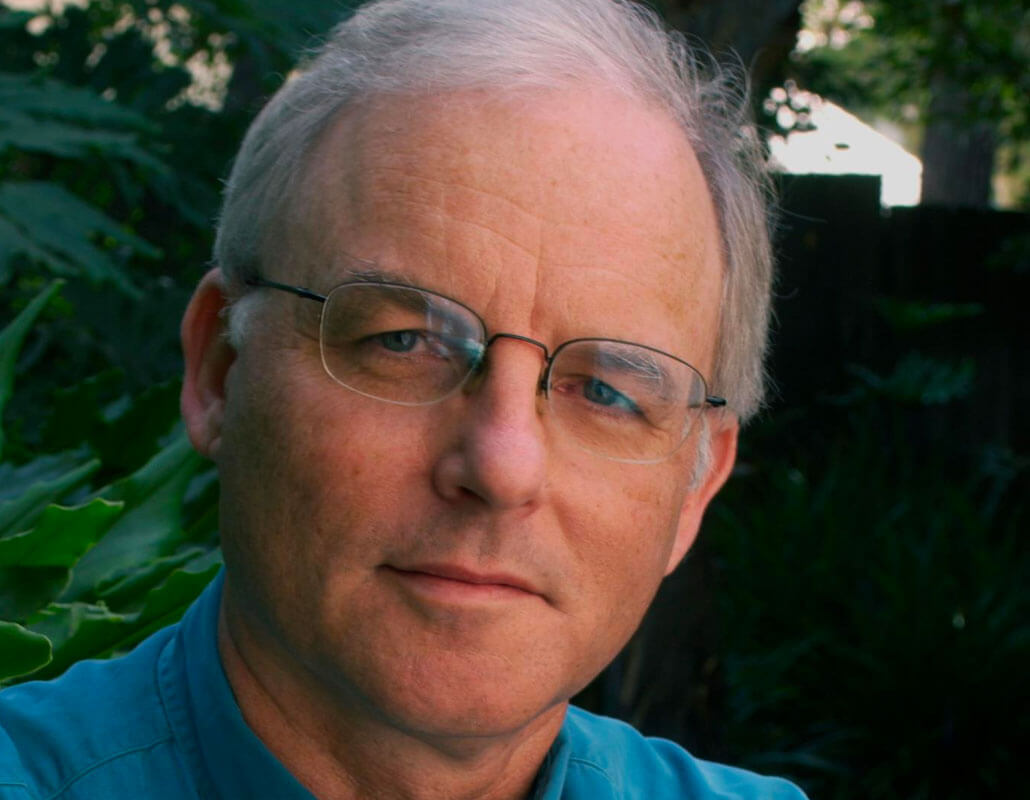
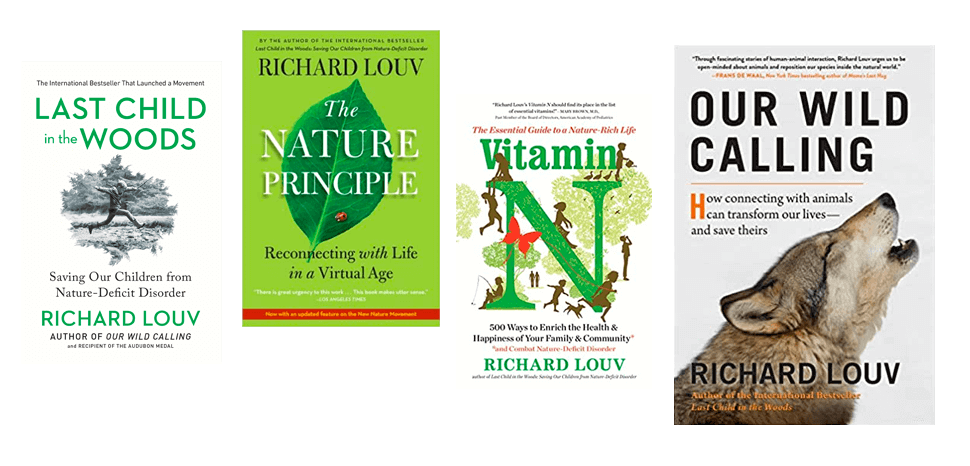
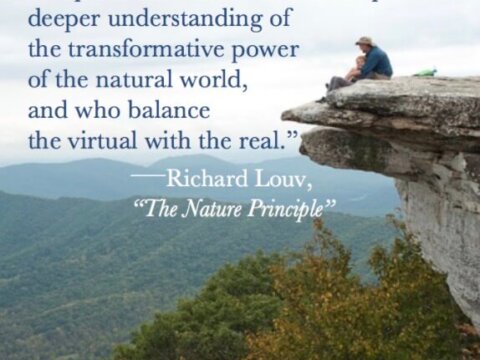
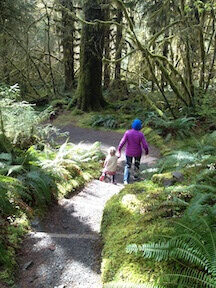
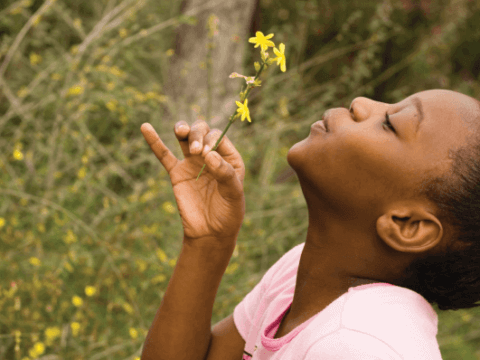
Commentaries on the C&NN website are offered to share diverse points-of-view from the global children and nature movement and to encourage new thinking and debate. The views and opinions expressed are those of the author(s) and do not necessarily reflect the position of C&NN. C&NN does not officially endorse every statement, report or product mentioned.